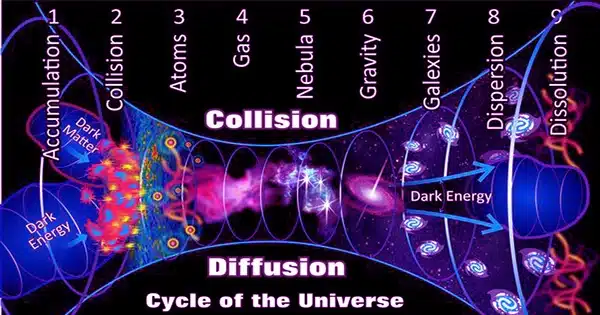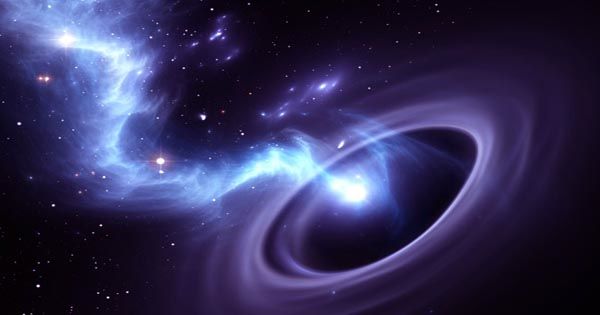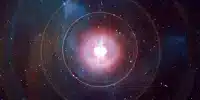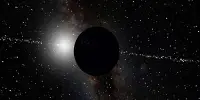“How much matter exists in the universe?” is one of the most intriguing and fundamental topics in cosmology. For the second time, an international team led by experts from Chiba University has measured the total amount of matter. The researchers discovered that matter accounts for 31% of the total amount of matter and energy in the cosmos, with dark energy accounting for the remaining.
“Cosmologists believe that only about 20% of total matter is made of regular or ‘baryonic’ matter, which includes stars, galaxies, atoms, and life,” explains first author Dr. Mohamed Abdullah of the National Research Institute of Astronomy and Geophysics-Egypt at Chiba University in Japan.
“Approximately 80% is made up of dark matter, the nature of which is unknown but may consist of some as-yet-undiscovered subatomic particles.”
“The team used a well-proven technique to determine the total amount of matter in the universe, which is to compare the observed number and mass of galaxy clusters per unit volume with predictions from numerical simulations,” says co-author Gillian Wilson, Abdullah’s former graduate advisor and Professor of Physics at UC Merced, as well as Vice Chancellor for research, innovation, and economic development.

“The current number of clusters observed, known as ‘cluster abundance,’ is very sensitive to cosmological conditions, particularly the total amount of matter.”
“A higher percentage of total matter in the universe would result in more clusters being formed,” says University of Virginia’s Anatoly Klypin. “However, it is difficult to accurately measure the mass of any galaxy cluster because most of the matter is dark and cannot be seen directly with telescopes.”
To solve this challenge, the researchers were required to employ an indirect tracer of cluster mass. They relied on the notion that larger clusters have more galaxies than smaller clusters (mass richness relation: MRR). Because galaxies are made up of bright stars, the number of galaxies in each cluster can be used to indirectly calculate its total mass.
The scientists estimated the total mass of each cluster by counting the number of galaxies in each cluster in their Sloan Digital Sky Survey sample. They were thus able to compare the observed number and mass of galaxy clusters per unit volume to numerical simulation projections.
The best fit between observations and simulations was with a universe consisting of 31% of total matter, a value that was in great accord with that obtained using Planck satellite cosmic microwave background (CMB) data. Notably, CMB is a completely autonomous approach.
“We have succeeded in making the first measurement of matter density using the MRR, which is in excellent agreement with that obtained by the Planck team using the CMB method,” says Chiba University’s Tomoaki Ishiyama. “This work further demonstrates that cluster abundance is a competitive technique for constraining cosmological parameters, as well as complementary to non-cluster techniques such as CMB anisotropies, baryon acoustic oscillations, Type Ia supernovae, and gravitational lensing.”
The team claims to be the first to use spectroscopy, a technique that divides radiation into a spectrum of individual bands or colors, to precisely determine the distance to each cluster and the true member galaxies that are gravitationally bound to the cluster rather than background or foreground interlopers along the line of sight.
Previous attempts to apply the MRR technique depended on far cruder and less accurate imaging techniques, such as taking photographs of the sky at different wavelengths to establish the distance to each cluster and the neighboring galaxies that were true members.
The paper, published in The Astrophysical Journal, not only demonstrates that the MRR technique is a powerful tool for determining cosmological parameters, but it also explains how it can be applied to new datasets from large, wide, and deep-field imaging and spectroscopic galaxy surveys, such as those performed with the Subaru Telescope, Dark Energy Survey, Dark Energy Spectroscopic Instrument, Euclid Telescope, eROSITA Telescope, and the James Webb Space Telescope.














